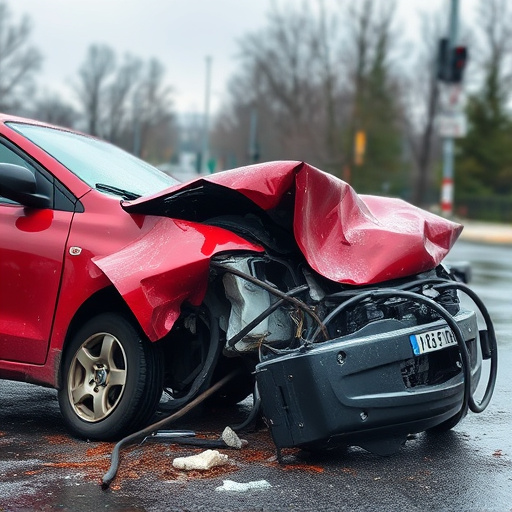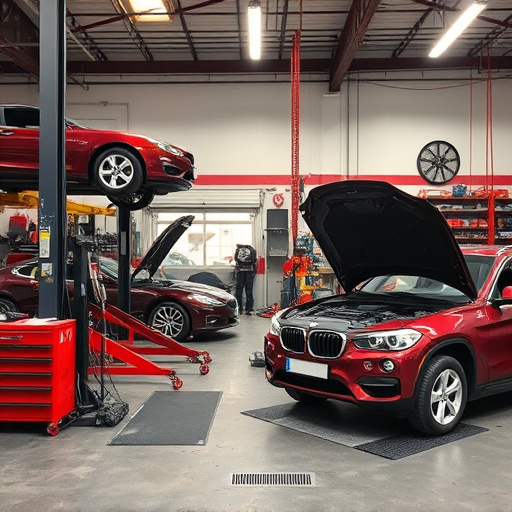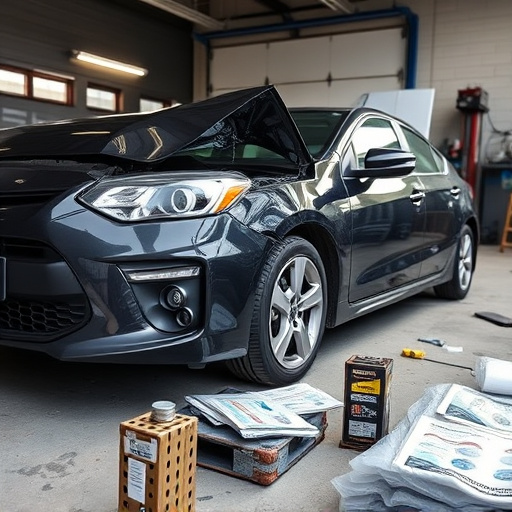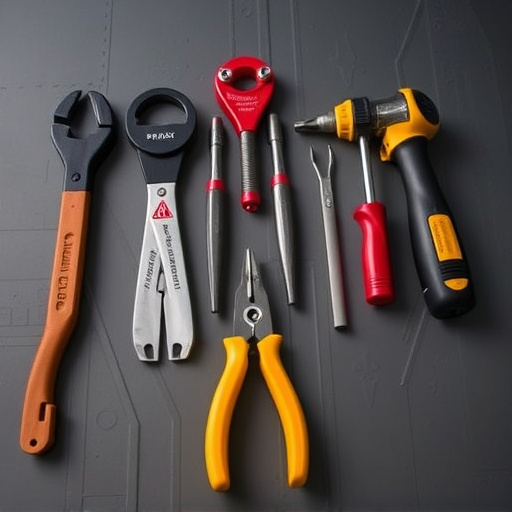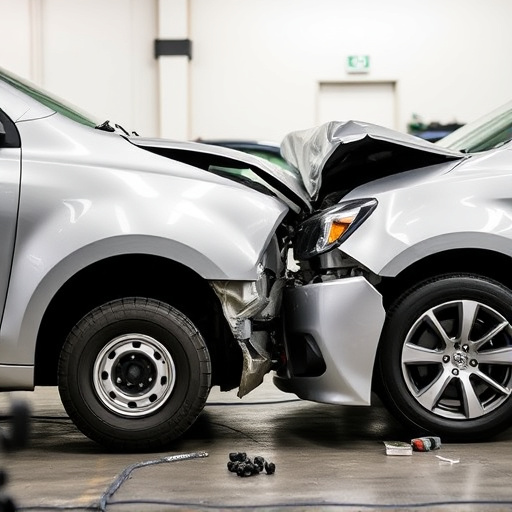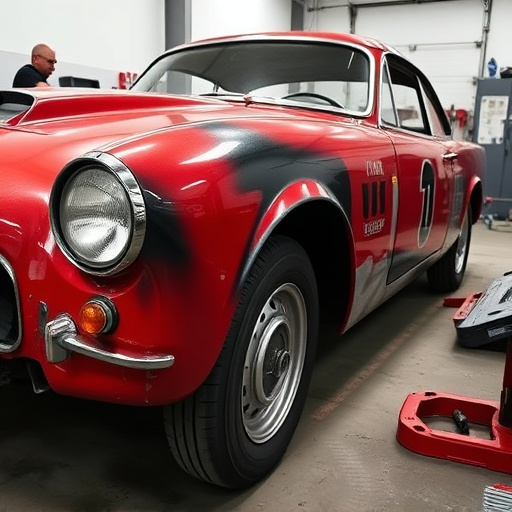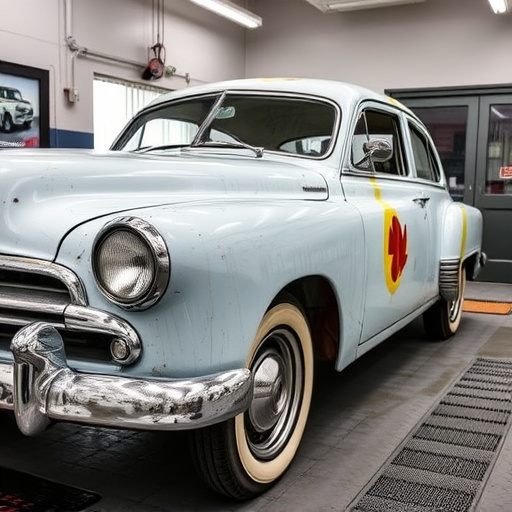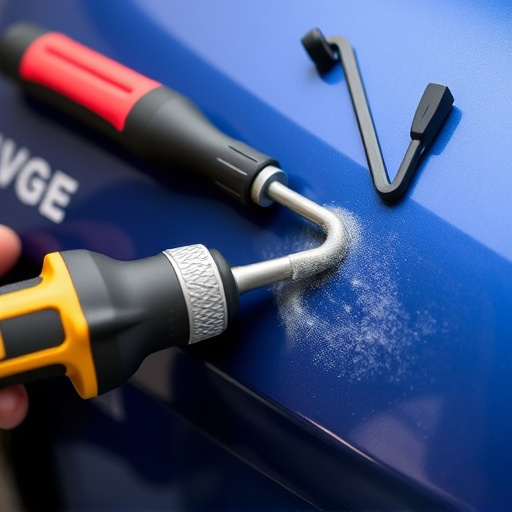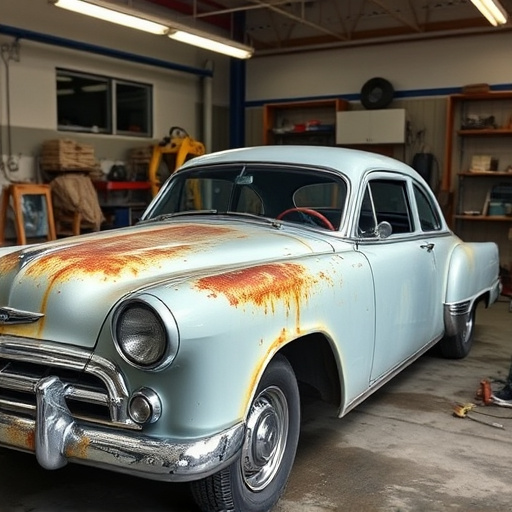The three-stage paint system is a meticulous process vital for high-quality automotive collision repair and restoration. It includes preparation (cleaning, drying, sandblasting), primer application (adhesive for topcoat, conceals imperfections), and topcoat (color-matched to original, completed finish). This systematic approach enhances durability and aesthetics, requiring specialized tools, materials, and training for precise application, making it the preferred method in the industry.
“Unleash the potential of your projects with a professional approach to painting—mastering the three-stage paint system. This comprehensive guide delves into the intricacies of this advanced application method, designed for superior durability and aesthetics. From understanding the process to identifying key components, you’ll gain insights into the essential training required for optimal results. Discover how to ensure a flawless finish with this revolutionary three-stage paint system.”
- Understanding the Three-Stage Paint System Process
- Key Components and Materials Required
- Comprehensive Training for Optimal Application
Understanding the Three-Stage Paint System Process
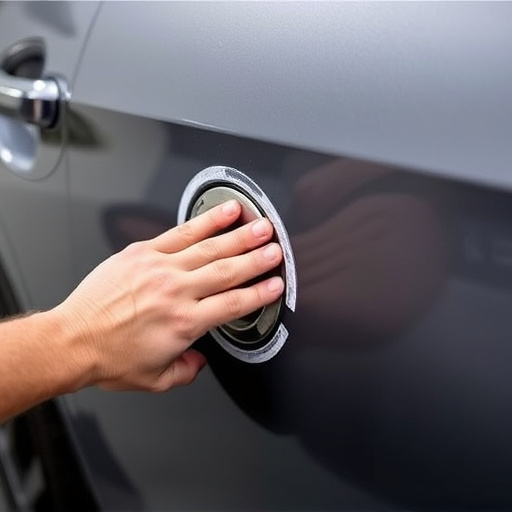
The three-stage paint system is a meticulous process designed to deliver high-quality finishes in automotive collision repair and restoration. It involves three distinct stages – preparation, primer application, and topcoat – each playing a crucial role in achieving a flawless final product. Understanding this system is paramount for anyone looking to offer or receive collision repair services.
The first stage focuses on thoroughly preparing the damaged surface, ensuring it’s clean, dry, and free from any contaminants. This involves sandblasting, degreasing, and priming to create a smooth base. The second stage sees the application of a protective primer coat, which not only serves as an adhesive for the topcoat but also helps in concealing imperfections. Finally, the topcoat, often color-matched to the vehicle’s original paint, is carefully applied, completing the transformation and rendering the car’s exterior as good as new or better. This systematic approach guarantees durability and a visually appealing finish, making it the preferred method in the industry for top-notch collision repair services.
Key Components and Materials Required
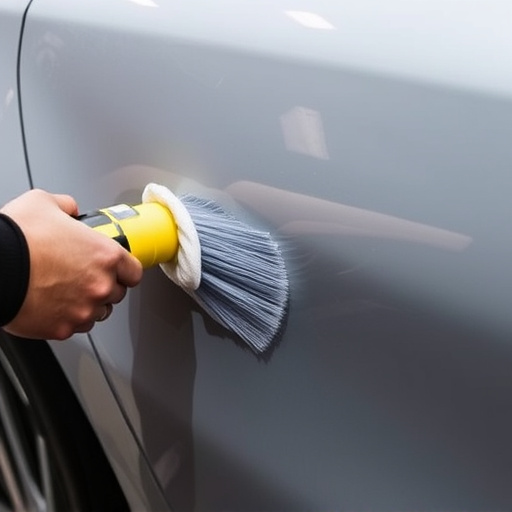
Implementing a three-stage paint system requires a meticulous approach and specific tools to achieve optimal results. The key components involve a base coat, primer, and topcoat, each with unique properties tailored to prepare and protect car bodywork after a car collision repair or fleet repair services. These stages are designed to enhance durability and aesthetics, ensuring a flawless finish.
Essential materials include specialized paint, applicator tools such as spray guns, brushes, and rollers, along with various solvents and masking tapes. Proper ventilation is crucial for safe application, especially in confined spaces. The three-stage process necessitates precision and attention to detail, making it a sought-after technique in car collision repair, where achieving high-quality, long-lasting results is paramount.
Comprehensive Training for Optimal Application
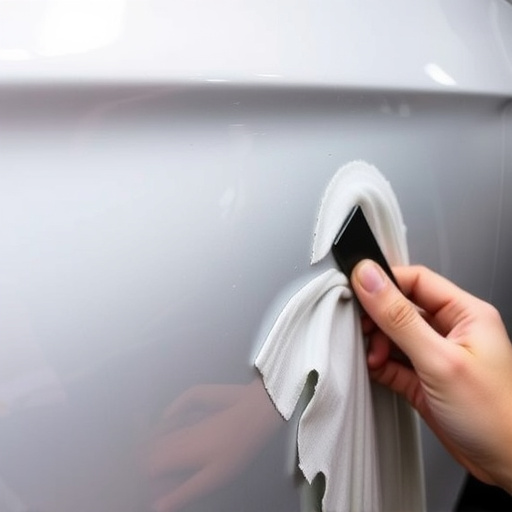
For optimal application of a three-stage paint system, comprehensive training is essential. This goes beyond mere technical knowledge; it involves understanding the intricate interplay between each stage, from preparation to final coating. Trainees must be adept at assessing vehicle surfaces for defects like dents or scratches, as these can affect the paint’s adherence and longevity. Techniques for efficient dent removal and auto painting repairs are crucial components of this training.
The goal is to equip individuals with the skills needed for meticulous auto maintenance. This includes learning about the various types of paints, their properties, and how they interact with different car surfaces. Through hands-on practice, trainees can master the art of applying each stage accurately, ensuring a seamless blend that enhances the vehicle’s aesthetics and protects its exterior.
When applying a three-stage paint system, comprehensive training is key to achieving optimal results. By understanding the process, familiarizing yourself with the necessary components and materials, and undergoing proper education, you’ll be well-equipped to deliver a high-quality, durable finish. This expert approach ensures that every step—from preparation to final coats—is executed flawlessly, resulting in a professional-grade three-stage paint system application.

